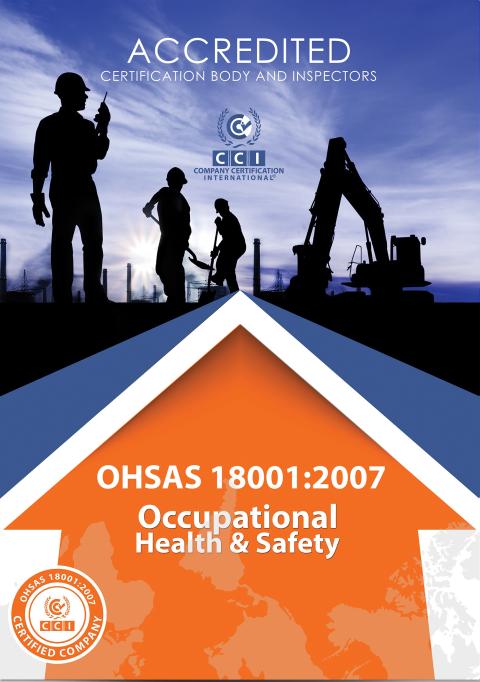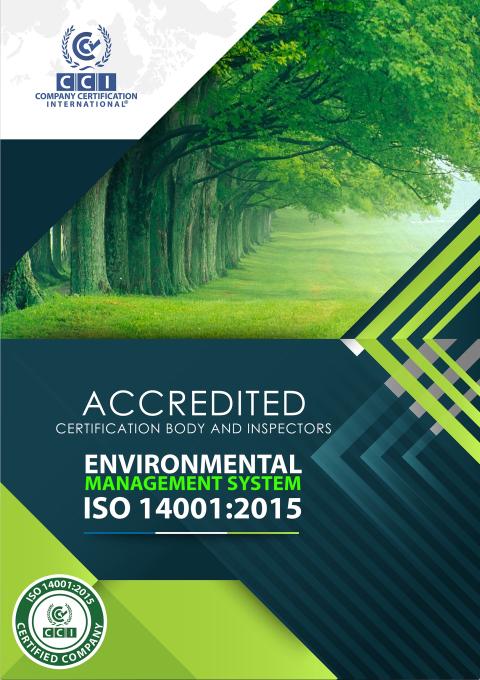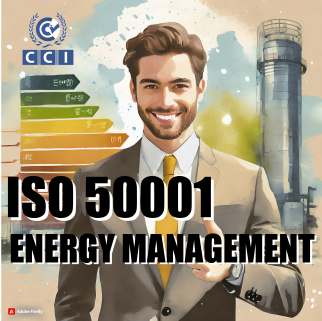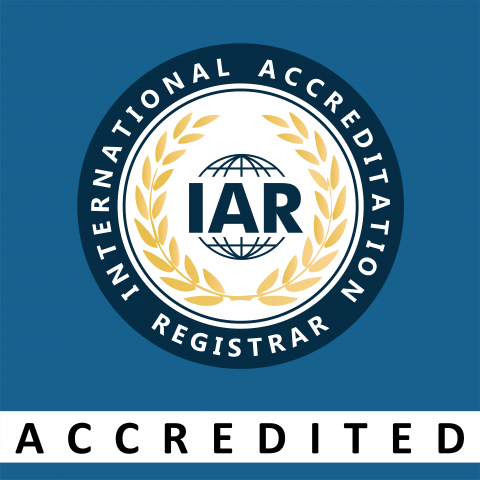ISO 10002 Customer Complaint Handling Assessment
Overview
ISO 10002 is the internationally recognized guidance for effective customer complaint handling. It helps organizations of all sizes and sectors implement transparent, fair, and improvement-focused processes, covering complaint receipt, investigation, resolution, and systemic improvements.
Who It's For
✔ Organizations aiming to embed customer-centric practices into their operations
✔ Companies seeking stronger customer satisfaction credentials for tenders and stakeholders
✔ Service providers, retailers, and public bodies wanting to demonstrate complaint handling excellence
Why a Complaint Handling Assessment Matters
- Boost Customer Loyalty: Prove you value and act on customer feedback
- Mitigate Risks: Identify gaps in complaint resolution before they escalate
- Win Business: Differentiate in procurement processes with independent validation
- Drive Improvement: Get data-backed insights to enhance your processes
Scope of Our Remote Assessment
Gap Analysis
Compare your complaint handling against ISO 10002 principles
Process Mapping
Evaluate complaint channels, response times, and escalation paths
Document & Data Review
Audit complaint logs, policies, training materials, and resolution records
Virtual Interviews & Workshops
Conduct remote sessions with customer service teams and management
Recommendations & Roadmap
Deliver prioritized actions aligned with ISO 10002 best practices
Our 6-Step Remote Assessment Process
Kick-off & Scoping Call: Define objectives and assessment parameters
Document Collection: Secure transfer of complaint handling documentation
Virtual Interviews: Validate implementation with relevant teams
Preliminary Findings Review: Share initial observations for feedback
Final Report & Certificate: Issue Conformity Assessment Certificate with gap matrix
Follow-up Support: Optional implementation guidance sessions
Deliverables
- Conformity Assessment Certificate confirming ISO 10002 alignment
- Comprehensive Gap Analysis Report with executive summary
- Tailored Improvement Roadmap with clear timelines
- Presentation Deck for leadership teams
Why Company Certification Int.?
- Remote-First Expertise: Streamlined online assessment process
- 15+ Years' Experience: Across retail, healthcare, finance, and public sector
- Actionable Insights: Practical recommendations, not just compliance checks
- Global Recognition: Assessments accepted by international partners
Ready to transform complaints into customer satisfaction opportunities?








